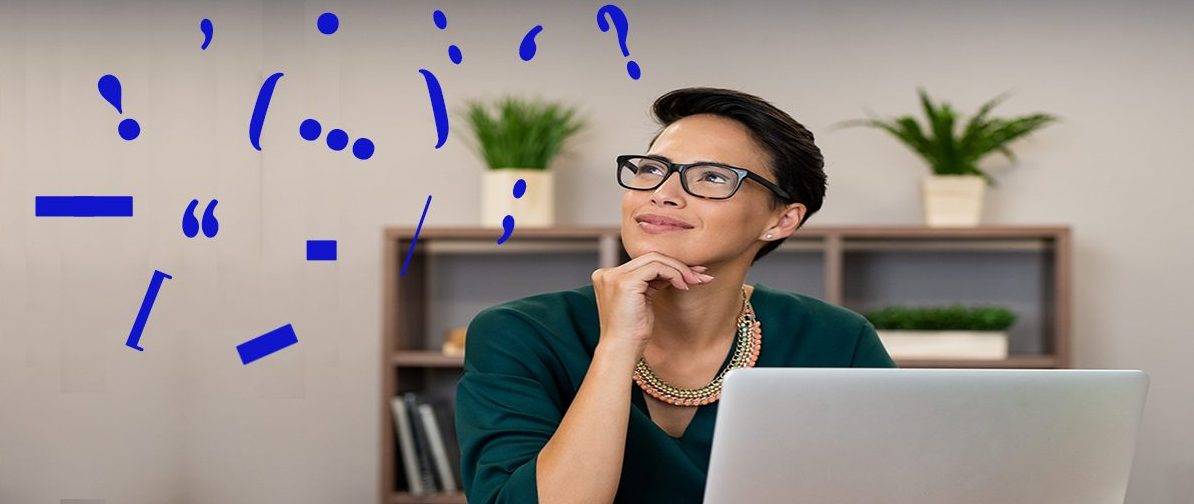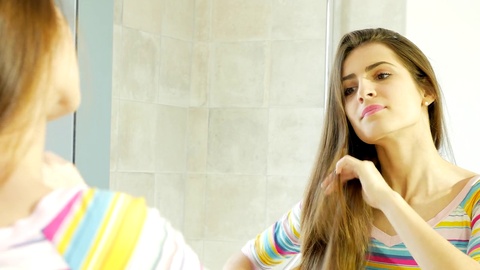
Learn how to use punctuation effectively in French with our quick and easy guide. From useful tips to handy tricks, we’ve got it covered.
Whether it is talking about emotions discussing ideas marking the ends and beginnings of sentences or indicating speech etc it is an aspect of language that makes sentences concrete
What do you think is missing here?
Reading the above text will no doubt prove to be a struggle. That’s because it’s missing the fundamental components of a sentence:
Punctuation.
On the face of it, you’d never sit and think about just how significant punctuation is, but in reality it can make all the difference. Now, let’s read the sentence again.
Whether it’s talking about emotions, discussing ideas, marking ends and beginnings of sentences or indicating speech etc, it’s an aspect of language that makes sentences concrete.
Sounds better, right? 14 different punctuation marks exist in the English language and these can quickly become the villains in your writing. Placing the comma in the right spot or knowing the difference between “your” and “you’re” is essential. And French has its fair share of punctuation drama, too.
Punctuation Marks Need Personal Space Too
If you’ve written in English, you must be aware that punctuation marks stick closely to the letters.
So instead of writing “ That’s your incredible news ? “, you’d write “That’s your incredible news?”.
However, in French writing the former would be considered correct.
History of Punctuation Space
Though enough research doesn’t exist yet to claim reasons for this practice, it’s believed that it was the use of typewriters that led to this. Back then, in order to make double punctuation the space bar had to be held down. It was only released when the appropriate keys were clicked, thus resulting in the white blanks before and after.
Watch the video below to discover more on French Punctuation:
Ingredients Demanding Space
| Name | Mark |
| le point d’interrogation (Question Mark) | ? |
| les deux-points (Colons) | : |
| le point-virgule (Semicolons) | ; |
| les symboles monétaires (Currency Symbols) | $ |
| le pourcentage (Percentage Mark) | % |
| le point d’exclamation (Exclamation Point) | ! |
| les guillemets (Quotes) | « » |
| le dièse (Hash) | # |
All of these are classified as double punctuation marks. In simpler words, all the symbols consist of two parts. Each one of them need a space within the sentence, not only before but after as well.
Example:
“ Lesquels aimez vous : les chiens ou les chats ? ”
“ Les chiens ! ”
“Which ones do you like : the dogs or the cats?”
“The dogs!”
« Guillemet Wrapping the Dialogues »
Far from the usual comfort of using “ ” to outline dialogue in English, French has its own quotation symbols. Dashes are used within these to relay a change of speaker.
Example:
« Où est l’aéroport? demande Marie.
— Prenez le prochain virage à droite et continuez tout droit, conseillait Jean.
— Est-ce loin ?
— Non, à seulement cinq minutes, répondit-il ».
“Where is the airport?” asked Marie.
“Take the next right and continue straight,” recommended Jean.
“Is it far?”
“No, just five minutes away,” he responded.
Topsy-turvy World of French Numbers
We have been taught to use a full stop for decimal numbers and a comma for numbers in the thousands in English, but French chooses to play by its own rulebook by reversing that order.
In other words:
8.90 (English) ——-> 8,90 (French)
2,900,000 (English) ———> 2.900.000 (French)
Just like you’re nailing that English punctuation, it’s time for you to shine under the French punctuation spotlight too. Our online French tutoring will help you out in case of any difficulty.



